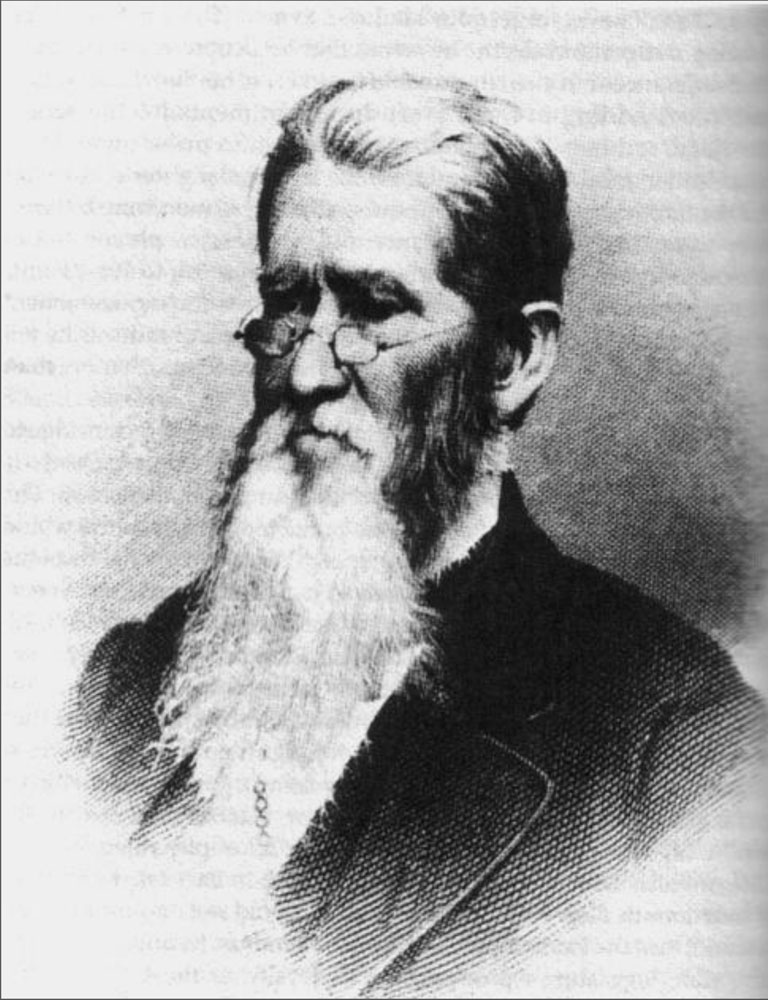Neither Northern nor Southern
Centre College During the
Antebellum Era and the Civil War
By Laura Garrett
Introduction
This display examines life at Centre before and during Lincoln's presidency, especially in relation to the big issues with which Lincoln dealt - slavery and the Civil War. These issues were also near to the hearts of the people who worked and lived on our campus. Their experiences and perspectives reflect the neither-Northern-nor-Southern position of Boyle County during the antebellum era and the Civil War. Here there were both Union and Confederate soldier, both slave owner and emancipationist (often embodied in the same person), both enslaved and free.
As in much of the Deep South, Boyle County's economy was primarily agricultural, and it had a significant slave population - over one-third of the county's inhabitants, and nearly nine-tenths of African American inhabitants - were enslaved. Yet, Boyle had a cosmopolitan atmosphere, with six private institutions educating students from 23 states, Mexico, and Europe. In elections, voters went for moderate candidates. In the 1860 election, when Lincoln became president, 64% of the county's 1,083 votes went to John Bell, a slave owner who opposed Southern secession. Only three people voted for Lincoln.
Centre and Abraham Lincoln
|
As a young man, Abraham Lincoln had almost no formal education, and would likely have become a blacksmith if it were not for the intervention of John Todd Stuart, Centre class of 1826. It was Stuart - cousin of Lincoln's wife, Mary Todd - who gave Lincoln his first set of law books and encouraged him to study law. When Lincoln became a lawyer in 1837, he and Stuart became partners together in Springfield, Illinois. The two had become friends in 1832 when they served together in the Black Hawk War, and continued their friendship when they both served on the Illinois General Assembly. Although they often disagreed politically, they remained close friends until Lincoln's death. Stuart himself died in 1885. |
Centre Campus
Centre Faculty
Centre Students
 CENTRE CLASS OF 1867 CENTRE CLASS OF 1867 |



